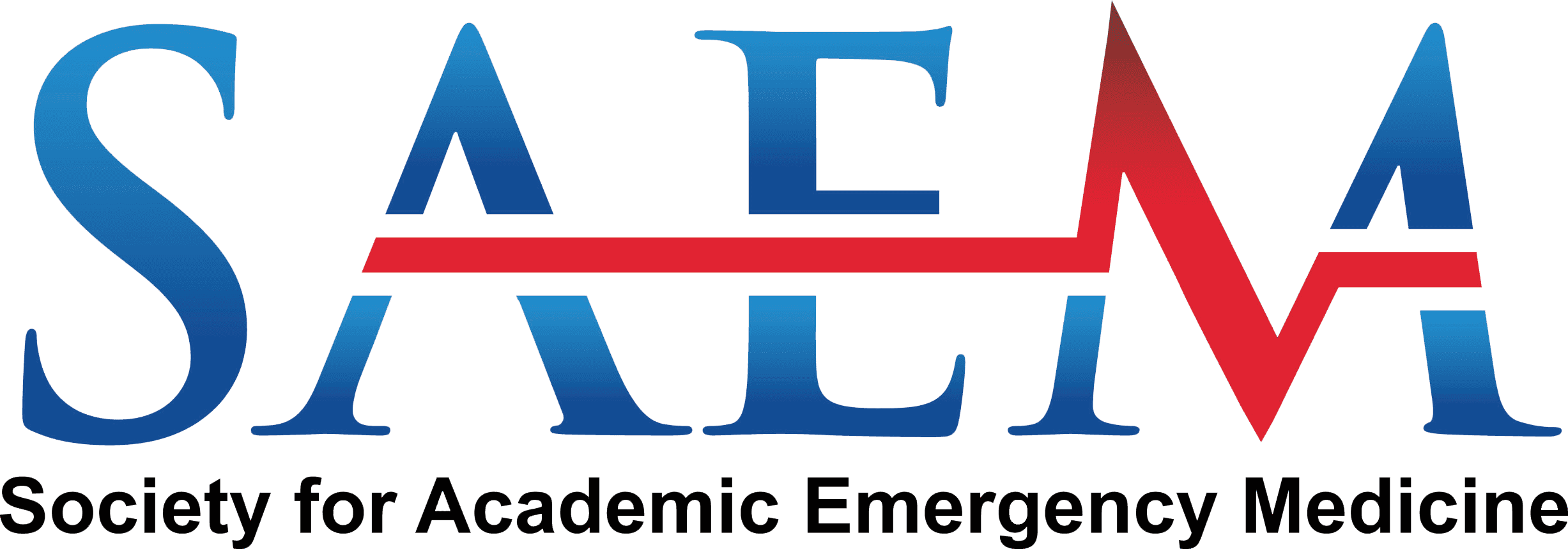Examples of Successful CBME Programs
This list includes brief descriptions of successful competency-based medical education (CBME) programs, and is presented with the goal of allowing emergency medicine (EM) educators to learn from the experiences of educators outside of EM. Please note that this list is not meant to be exhaustive — it is simply designed to highlight a range of innovative approaches to CBME.
The Canadian Experience
Competence by Design
The Royal College of Physicians and Surgeons of Canada launched this program based on the CAN MEDS competency framework, which defines competency domains for all physicians regardless of specialty, including professional practice communication, collaboration, leadership, scholarship, and health advocacy. The phasing in of mandatory nationwide CBME for all residents began in 2014, with faculty development provided centrally by the Royal College.
Queen’s University
This institution received special permission to pilot CBME on an accelerated schedule, simultaneously adopting a CBME framework for all 29 of its postgraduate training programs. This process provided many crucial lessons, highlighting the importance of faculty collaboration, sound change management processes, and taking a systems approach to implementation. Extensive faculty development was required to ensure understanding of key concepts, robust communication was needed to engage stakeholders, and a reliable technology platform was crucial for feasibility.
U.S. Examples
Pediatrics
Education in Pediatrics Across the Continuum (EPAC) is the first competency-based, time-variable progression from UME to GME in the United States. This pilot project involved four schools, each of which committed to provide UME experiences in pediatrics and a guaranteed residency training spot to a cohort of participants. The EPAC program used entrustable professional activities (EPAs) for their assessment framework. Most EPAs were assessed in routine clinical practice, but some less common ones were assessed using a supplemental program that required adoption of previously published and validated instruments. Students were deemed ready for transition to internship when they had achieved the “allowed to practice EPA only under reactive/on-demand supervision, with supervisor immediately available; all findings double checked” level for all core EPAs. Among the initial cohort of 13 students, six entered residency early, six at the traditional time, and one chose to pursue a different specialty.
Pathology
The “Promotion in Place” program promotes a system whereby a resident’s graduation can be delayed or expedited based on their attainment of competencies, allowing those who “finish” residency early to work as attending physicians in their residency institution.
Internal Medicine
The Transitioning in Internal Medicine Education Leveraging Entrustment Scores Synthesis (TIMELESS) program was another pilot initiative that permitted residents to work with more distant supervision after achieving entrustablity in all essential competencies. Analysis of resident responses to the program revealed that it increased their motivation to learn but also increased their anxiety about being compared to other residents.
Surgery
Taking a top-down approach, the American Board of Surgery (ABS) released EPAs for general surgery residents in 2023, and plans to expand the program to all ABS specialties by 2026. General surgery graduates are required to submit proof of entrustability in all EPAs to be eligible for board certification.
Competency-based Graduation
Virginia Commonwealth University initiated a program that has competency committee assessments of a small cohort of medical students. Assuming they achieve expected competencies, they are able to graduate in three years instead of four and enter on a directed pathway to residency in several specialties including EM.
Summary
CBME is rapidly becoming a dominant paradigm in medical education. Its advantages include greater rigor in ensuring that trainees master essential knowledge and skills, promoting motivation and self-directed learning, and increasing the quantity and quality of feedback available to support learners’ professional development. While change is inevitably challenging, barriers to implementing CBME can be surmounted, as evidenced by the numerous examples of successful CBME initiatives. CBME is a quickly evolving field, and innovations in this area are expected to make the promise of CBME more attainable than ever before.
Want to Learn More?
The SAEM25 Consensus Conference on Competency-Based Training and Certification will develop a research agenda aimed at advancing the study of CBME across emergency medicine.
Learn More